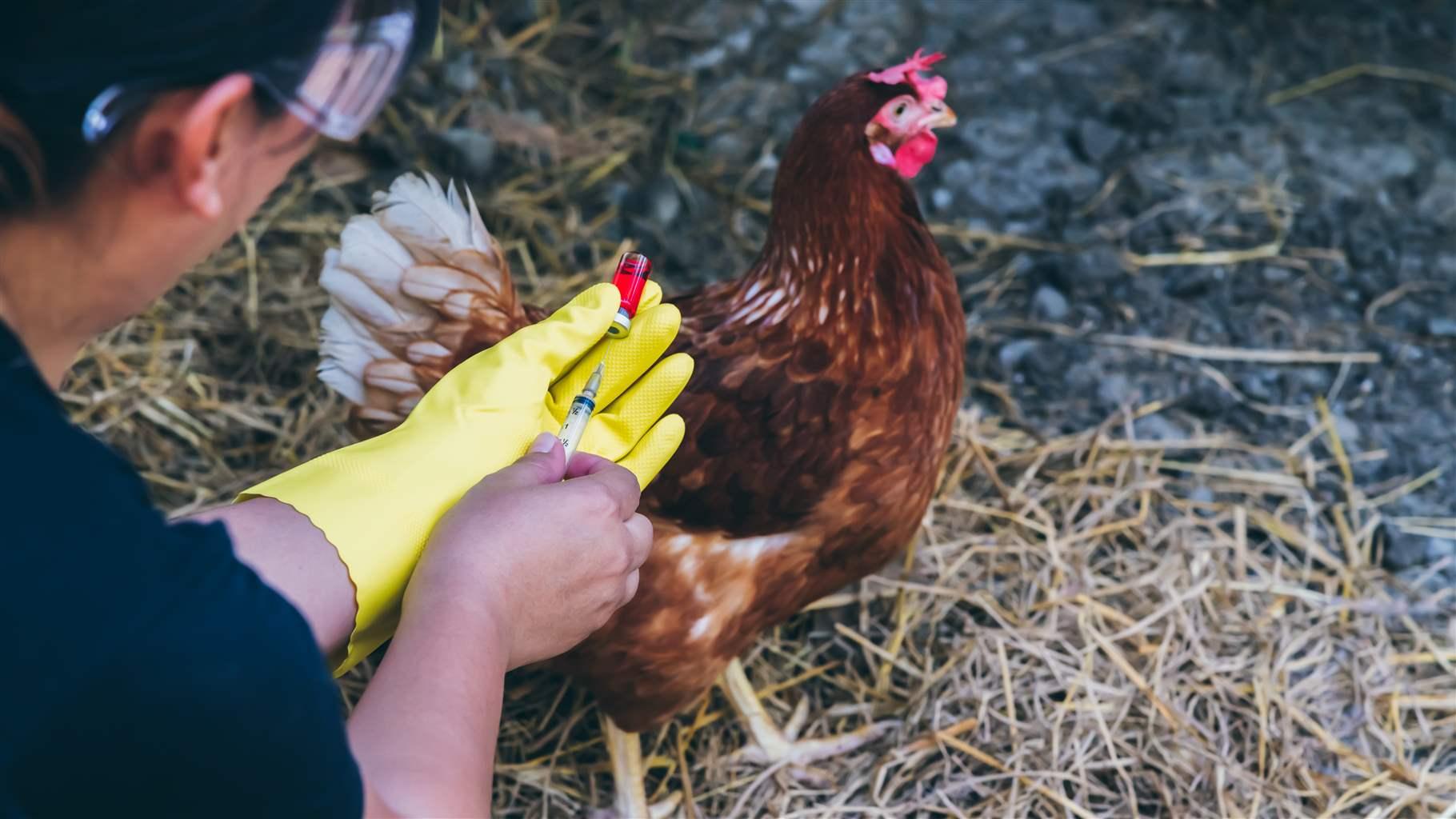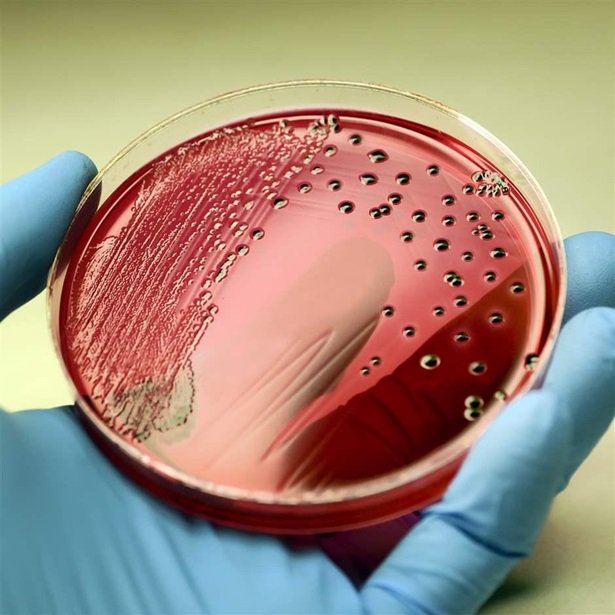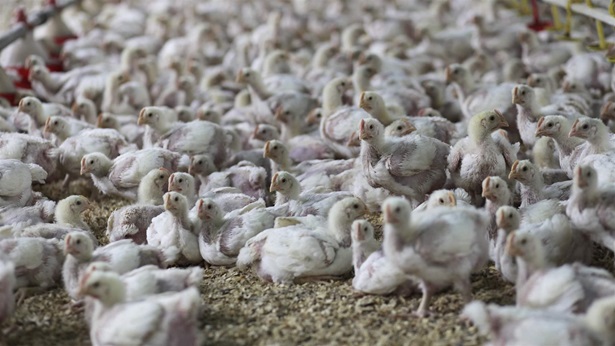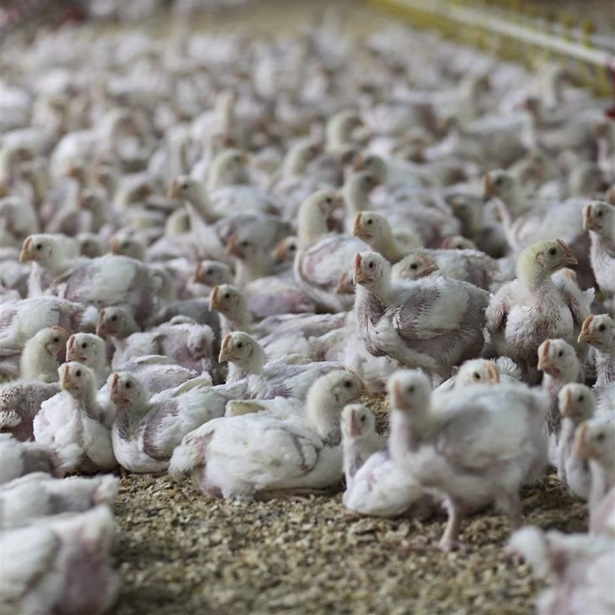Vaccines for Poultry Are Crucial for Preventing Salmonella Contamination
New technologies and retailer safety requirements could reduce foodborne illness

Note: This article was updated Sept. 28, 2020, to clarify Costco’s requirements for poultry suppliers.
Foodborne Salmonella causes more than 1 million illnesses a year in the United States and is showing no sign of declining. With chicken the most consumed meat in the U.S. and a significant source of these infections, strategies to reduce Salmonella contamination along the entire poultry production chain could reduce the impact of this disease.
No vaccines exist to fend off Salmonella infections in humans, but vaccination programs for chickens and turkeys—combined with other on-farm interventions—have helped significantly reduce contamination from some of the many varieties, or serotypes, that make people sick. This progress is encouraging.
Poultry producers and retailers should build on these gains by supporting development of new vaccines and ensuring that these products are used. Despite progress in controlling some serotypes, infection rates for others have risen sharply over the past decade. Overall, Salmonella in food sickens Americans about as often today as it did 20 years ago.
Vaccines help limit the spread of certain serotypes on farms and reduce the amount of Salmonella that birds carry into slaughterhouses, where even the most effective interventions may not stop contaminated food from reaching consumers. Since 2010, the poultry industry has rapidly increased its use of vaccines, which along with improved farm hygiene practices, has helped reduce contamination and human illnesses caused by Salmonella Typhimurium and Heidelberg in the U.S. Similar efforts have curbed infections by serotype Enteriditis in the United Kingdom.
However, few vaccines protect against more than one serotype, and eradication of one variety—through vaccination or other interventions—can allow other harmful strains to take hold in food animals and become larger threats to consumer health. For example, successful 20th century campaigns that targeted serotypes Gallinarum and Pullorum in U.S. chickens left a void that was filled by Enteriditis, a previously rare serotype that has become the most common source of human Salmonella infections.
For these reasons, development of effective vaccines for a wide range of Salmonella serotypes should be a top priority. No single product can meet every poultry operation’s needs. Slowing the rate of infections from more serotypes, therefore, requires a broader approach.
There are two main types of vaccines used on farms. Autogenous or “killed” vaccines are made from bacteria or viruses taken from sick birds. They are approved for use by each state’s veterinarian. They may only be used to vaccinate birds in the same flock and the vaccines must be remade with newly isolated pathogens from the flock every two years.
Autogenous vaccines are considered when no commercially licensed product is available. They must be administered multiple times via injection, which makes them labor-intensive and impractical for use in the more than 9 billion broiler chickens produced each year for consumers. Consequently, autogenous vaccines serve primarily as a short-term intervention for high-risk farms.
Modified live vaccines, meanwhile, can be administered through a spray or in drinking water to birds of any age. They provide more rapid and long-lasting protection than autogenous products, but they only protect against a few Salmonella serotypes, and U.S. Department of Agriculture (USDA) approval can take up to seven years.
These limitations and tradeoffs have sparked interest in a new category of vaccines still in development. So-called platform technologies could offer flexible delivery systems that can quickly create vaccines tailored to pathogens and serotypes of emerging public health concern. Vectored vaccines, for instance, use genetically engineered bacteria or viruses to produce the parts of target pathogens that elicit an immune response.
These methods could make vaccine development and manufacturing less costly. The USDA’s Agricultural Research Service and the National Institute of Food and Agriculture could invest in coordinated research to advance these and other novel technologies, giving veterinarians’ more tools to reduce Salmonella in poultry flocks.
No matter how they’re developed, vaccines can improve food safety only if chicken and turkey farms use them as part of a comprehensive control program tailored to the risks of specific farm or processing environments. No federal or state food safety agency has the authority to mandate that they do, so some major retailers have stepped in and required such measures in their contracts with chicken suppliers.
Costco, for example, requires that all fresh and rotisserie chickens it sells in its stores be vaccinated against Salmonella. Walmart, meanwhile, mandates vaccination of broiler-breeder flocks—the parents of birds sold to consumers—when serotypes known to be associated with human illness are detected in a farm’s chicken housing. Other major retailers and restaurant chains should follow their lead.
Widespread administration of existing and new Salmonella vaccines could help bring down contamination rates in poultry to the extent needed to reduce foodborne infections. Moving the nation toward that goal requires that producers use these measures, especially on high-risk farms, and retailers can contribute by insisting that their poultry suppliers apply these effective food safety tools.
Sandra Eskin directs The Pew Charitable Trusts’ work on food safety.










